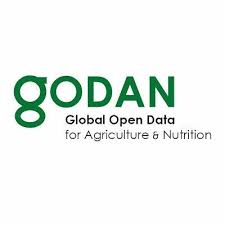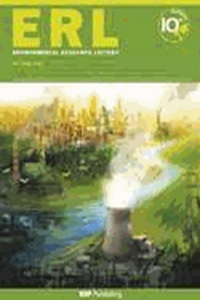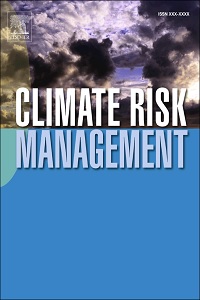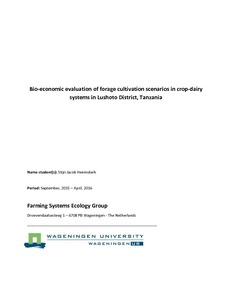Location
6700 HB Wageningen
Wageningen University & Research is a collaboration between Wageningen University and the Wageningen Research foundation.
That is the mission of Wageningen University & Research. A staff of 6,500 and 10,000 students from over 100 countries work everywhere around the world in the domain of healthy food and living environment for governments and the business community-at-large.
The strength of Wageningen University & Research lies in its ability to join the forces of specialised research institutes and the university. It also lies in the combined efforts of the various fields of natural and social sciences. This union of expertise leads to scientific breakthroughs that can quickly be put into practice and be incorporated into education. This is the Wageningen Approach.
The scientific quality of Wageningen University & Research is affirmed by the prominent position we occupy in international rankings and citation indexes.
The domain of Wageningen University & Research consists of three related core areas:
- Food and food production
- Living environment
- Health, lifestyle and livelihood
Wageningen University & Research has branches all over The Netherlands and abroad. A large number of lecturers, researchers and other employees are based at Wageningen Campus.
Members:
Resources
Displaying 11 - 15 of 209Earthworm communities in arable fields and restored field margins, as related to management practices and surrounding landscape diversity
Large scale land acquisitions and REDD+: a synthesis of conflicts and opportunities
Large scale land acquisitions (LSLA), and Reducing Emissions from Deforestation and forest Degradation (REDD+) are both land based phenomena which when occurring in the same area, can compete with each other for land. A quantitative analysis of country characteristics revealed that land available for agriculture, accessibility, and political stability are key explanatory factors for a country being targeted for LSLA. Surprisingly LSLA occur in countries with lower accessibility.
Smallholder farmers’ attitudes and determinants of adaptation to climate risks in East Africa
Adapting to climate risks is central to the goal of increasing food security and enhancing resilience of farming systems in East Africa. We examined farmers’ attitudes and assessed determinants of adaptation using data from a random sample of 500 households in Borana, Ethiopia, Nyando, Kenya, Hoima Uganda, and Lushoto, Tanzania. Adaptation was measured using a livelihood-based index that assigned weights to different individual strategies based on their marginal contributions to a household’s livelihood.
Yield gaps in oil palm: A quantitative review of contributing factors
Oil palm, currently the world’s main vegetable oil crop, is characterised by a large productivity and a long life span (?25 years). Peak oil yields of 12 t ha?1 yr?1 have been achieved in small plantations, and maximum theoretical yields as calculated with simulation models are 18.5 t oil ha?1 yr?1, yet average productivity worldwide has stagnated around 3 t oil ha?1 yr?1. Considering the threat of expansion into valuable rainforests, it is important that the factors underlying these existing yield gaps are understood and, where feasible, addressed.
Bio-economic evaluation of forage cultivation scenarios in crop-dairy systems in Lushoto District, Tanzania. Farming Systems Ecology Thesis
Lushoto District is part of Tanzania’s most important milk production regions; depending on the village, 25-95% of households own improved dairy cows. However, land pressure is high and both income and food security are low. The aim of this study has been to assess the potential of various forage cultivation intensification strategies (‘scenarios’) to improve physical production and income of smallholder crop-dairy farmers in Lushoto district, Tanzania.







